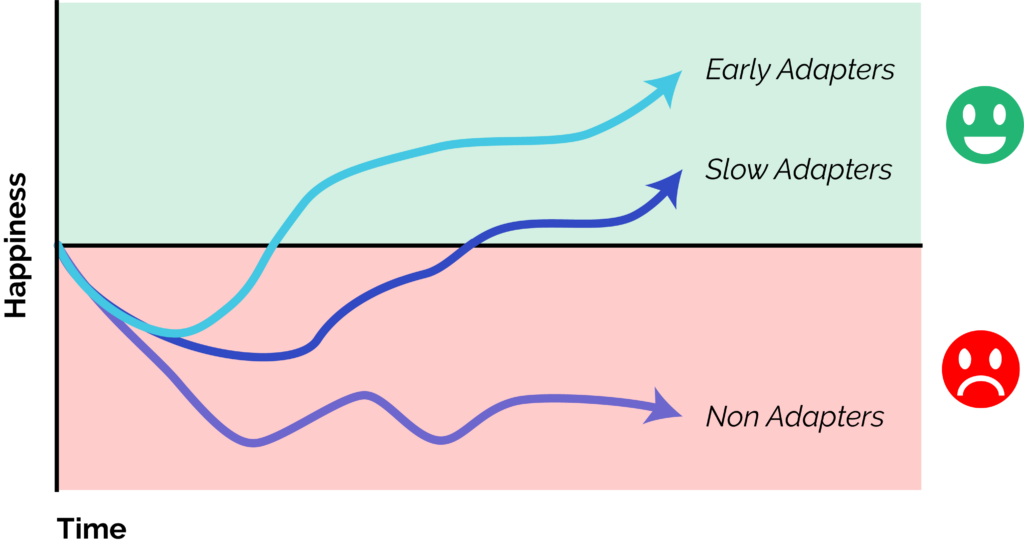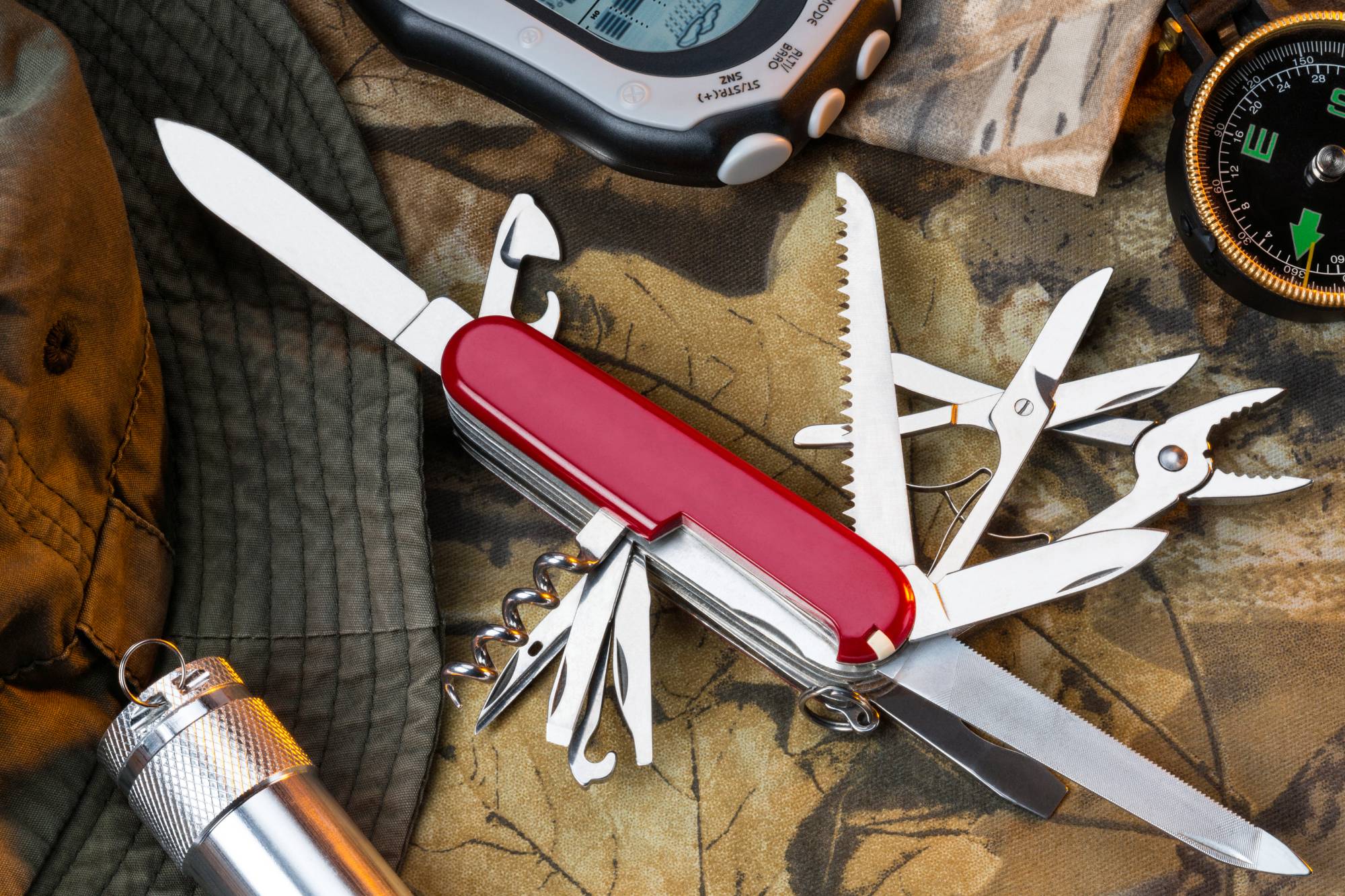Changes constantly affect nearly every part of our work and life in profound ways. There are many changes in general life that we might expect, like: Moving house, sustaining an injury, or starting a family. Changes in our workplace can affect us too: Your job description might change, your favourite colleague might move on, or the company might go through an organisational restructure. Unfortunately, changes are usually external from ourselves, meaning that they are often out of our control. But, the way we react and adapt to change is very much within our control.
Why should I adapt to change?
Our ability to adapt to change is a direct reflection of our resilience. It demonstrates how well we can cope with stress and hardship, proactively make adjustments, and advocate for ourselves when circumstances shift. Instead of wasting physical and emotional energy to go against the flow, it is healthier to be dynamic, adapt, and keep ourselves from being negatively affected. For example: If your company went through an organisational restructure, you have a choice between pushing back against changes that might be out of your control, or figuring out what the changes mean for you and adapting accordingly.

With this in mind, it comes as no surprise that resilience is closely related to happiness and life satisfaction. Research has shown that resilience characteristics are associated with lower anxiety and depression. Without resilience and the ability to adapt to change, people can fall into despair, avoidance, or even depression. These people typically employ unhealthy habits and coping strategies in the place where resilience should be.
Below is a graph that illustrates the relationship between happiness over time and our ability to adapt to change. The graph shows typical levels of happiness experienced after an adverse change. As you can see, there are three groups: Early adapters, slow adapters, and non adapters. Ideally, we all want to be early adapters, reaching healthy levels of happiness sooner rather than later.

The early adapters and slow adapters are dynamic and have the right “tools” to adapt to change. Some people take longer to think and engage these tools than others, hence the difference between early and slow adapters. Conversely, non adapters opt to push back against change with the wrong “tools”, or let negative feelings about the change control their emotions.
What are these “tools” and why do I need them?
Everyone needs techniques, mindsets, and actions that we can use to adapt to change. When discussing resilience and our ability to adapt to change, our health professionals at Ford Health talk about “having the right tools for the job”.
The push-back from non adapters usually comes when they try to do what they have always done and use “old tools” for new changes. Using old tools for new problems is like repeatedly pushing a door that says “pull”. It might have worked on previous doors, but it won’t open this door. In the context of change, using old tools can become extremely frustrating and lead to burnout. If we want to be able to adapt to change effectively, we need to have a range of tools that we can choose from.

Six tools to adapt to change.
Below are six tools that we use to adapt to change.
- Cognitive reframe
It’s important to claim what is right in your life. Focusing on the good instead of the bad, or what you have instead of what you don’t have can create a positive outlook on a situation. For example, you could focus on the fact that: you have unique skills, you have a roof over your head, and you have food on the table.
- Display of gratitude
This tool involves showing gratitude and acknowledging the things you appreciate. The difference between this and cognitive reframe is the outward expression, rather than internalised thought. Studies have shown that expressing gratitude is powerful and can lead to greater life satisfaction.
- Repurpose
Repurpose refers to the conscious effort of seeing familiar things in new and positive ways. For example, you might regularly exercise with friends for fitness, but you might never have thought about the rapport and social benefits you get from exercising with other people.
- Micro adjustments
This tool works on a smaller scale, and requires some patience. Micro adjustments are about making small changes that might seem insignificant in the moment, but will make a difference in the long run.
- Breaking it down
If you’re dealing with a massive change, you can relieve pressure by breaking it down into smaller pieces. You might look at the changes or adjustments you can action right now, and rest assured that you can leave the rest for later.
- Mentors, coaches, and confidants
Find someone who can provide guidance or offer a different point of view. Sometimes an outside perspective can see the answers that are right in front of us. It is known that people with mentors perform better, advance their career faster, and experience more work-life satisfaction
If you think you or a colleagues could benefit from guidance with using tools to adapt to change or building a change mindset, get into contact with our friendly team.
To hear more about health and wellbeing in the workplace, follow us on LinkedIn!






